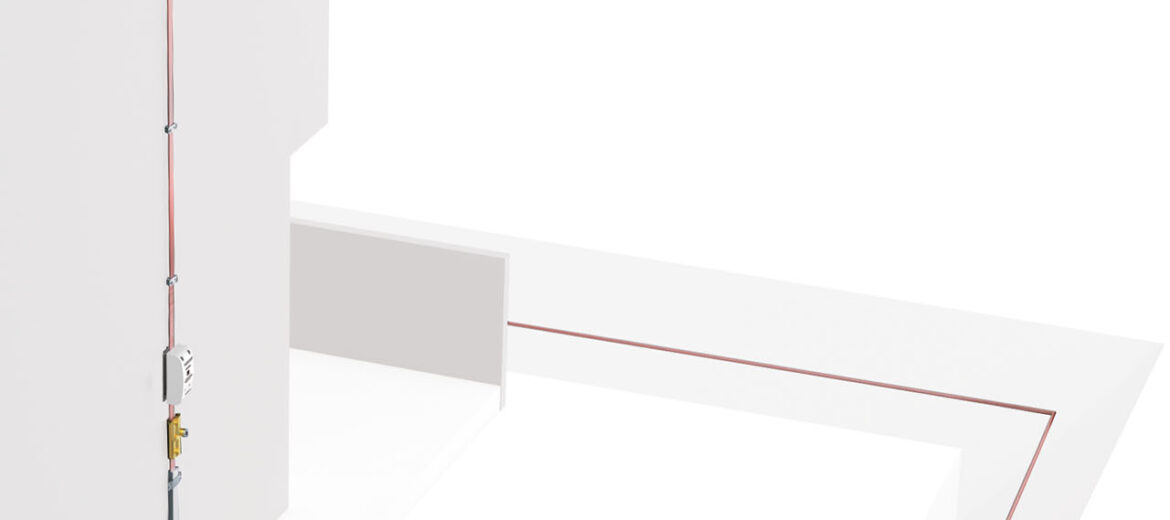Lightning rods are an essential part of the external lightning protection system, which main objective is to intercept the lightning bolt and drive it safely to the ground. The external system of protection against lightning is also part of the permanent measures of prevention and protection against lightning, according to the NTP 1084 for prevention of occupational hazards caused by lightning strikes.
An external protection system consists of the following elements:
- Lightning rod to intercept the beam.
- Down conductors to safely conduct the lightning current to ground.
- Grounding or earthing system to effectively disperse lightning current.
It should be noted that the necessary equipotential connections must be made in order to avoid possible dangerous sparks in the structure that may cause fires. In addition, ground connections must last the entire life of the structure, so it is highly recommended to use exothermic welding for these connections.
Lightning rods are the key element of the external system, since it is necessary to capture the beam, safely drive it to the ground and avoid any occupational hazard that may occur. The current regulations distinguish two types of lightning rods:
· Franklin rods, also called air rods, which are usually installed in conjunction with other horizontal or meshed conductors forming a sensor system in which the lightning should strike. The protection they offer consists of distributing and dissipating the discharge current of the beam through the network of conductors and earthing. Its installation must be done following the IEC-EN 62305 standard.
· Early Streamer Emission lightning rods (ESE), which emit an ascending streamer that anticipates the surrounding elements to capture the beam. This allows them to increase the radius of protection compared to the Franklin rods, with the possibility of even protecting open areas. They must comply with the NF C 17-102 standard both in their installation and in the tests that are carried out. It is recommended that they have a remote verification system to check their correct functioning once installed. This guarantees that the air terminal is in perfect conditions and that it avoids any labour risks caused by lightning strikes.
The aforementioned standards also apply and describe the arrangement of the down conductors, earthing and equipotential bonding.
If you need to know more about lightning rods and current regulations, please visit our website.
